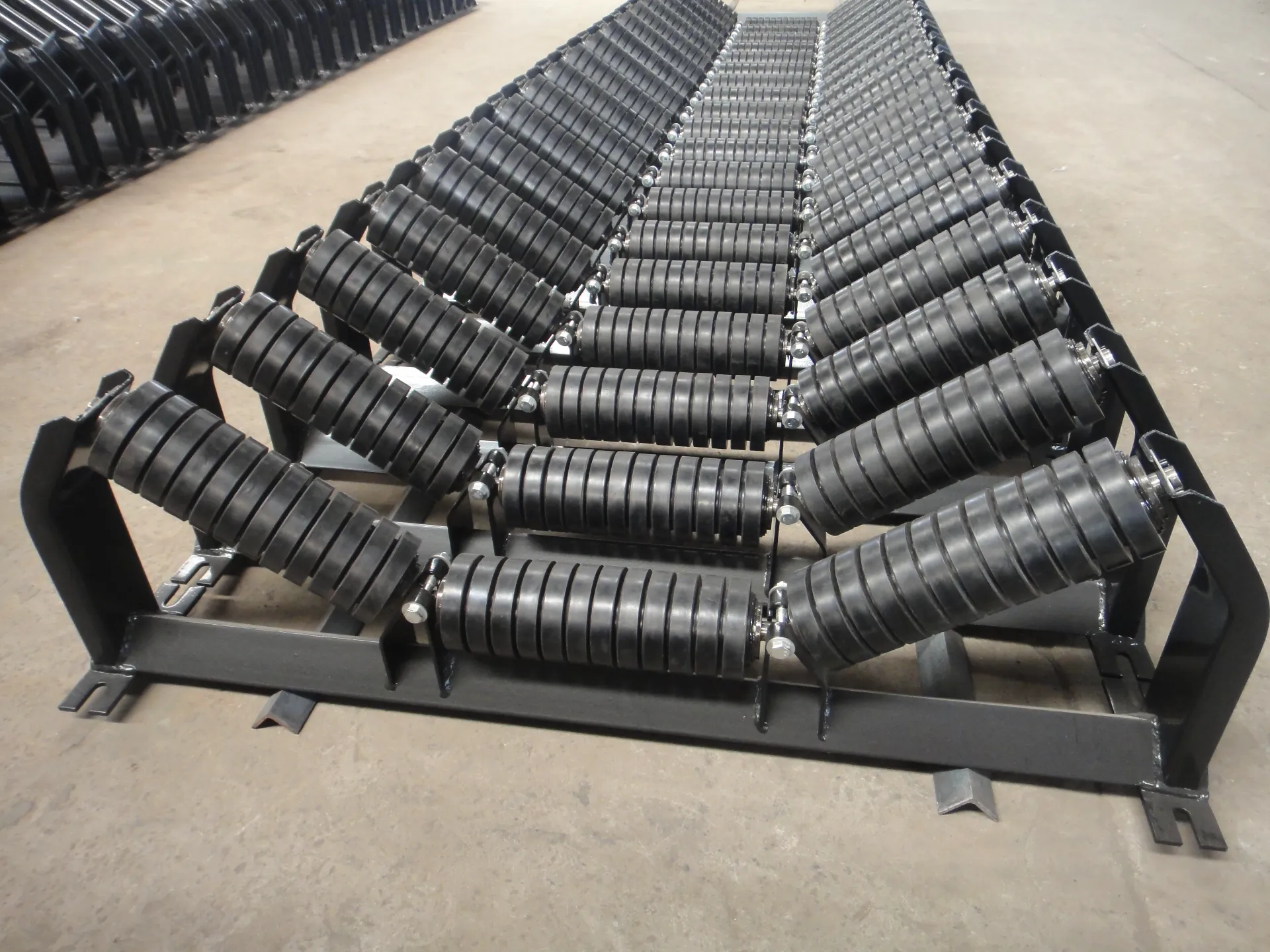 Afrikaans
Afrikaans  Albanian
Albanian  Amharic
Amharic  Arabic
Arabic  Armenian
Armenian  Azerbaijani
Azerbaijani  Basque
Basque  Belarusian
Belarusian  Bengali
Bengali  Bosnian
Bosnian  Bulgarian
Bulgarian  Catalan
Catalan  Cebuano
Cebuano  Corsican
Corsican  Croatian
Croatian  Czech
Czech  Danish
Danish  Dutch
Dutch  English
English  Esperanto
Esperanto  Estonian
Estonian  Finnish
Finnish  French
French  Frisian
Frisian  Galician
Galician  Georgian
Georgian  German
German  Greek
Greek  Gujarati
Gujarati  Haitian Creole
Haitian Creole  hausa
hausa  hawaiian
hawaiian  Hebrew
Hebrew  Hindi
Hindi  Miao
Miao  Hungarian
Hungarian  Icelandic
Icelandic  igbo
igbo  Indonesian
Indonesian  irish
irish  Italian
Italian  Japanese
Japanese  Javanese
Javanese  Kannada
Kannada  kazakh
kazakh  Khmer
Khmer  Rwandese
Rwandese  Korean
Korean  Kurdish
Kurdish  Kyrgyz
Kyrgyz  Lao
Lao  Latin
Latin  Latvian
Latvian  Lithuanian
Lithuanian  Luxembourgish
Luxembourgish  Macedonian
Macedonian  Malgashi
Malgashi  Malay
Malay  Malayalam
Malayalam  Maltese
Maltese  Maori
Maori  Marathi
Marathi  Mongolian
Mongolian  Myanmar
Myanmar  Nepali
Nepali  Norwegian
Norwegian  Norwegian
Norwegian  Occitan
Occitan  Pashto
Pashto  Persian
Persian  Polish
Polish  Portuguese
Portuguese  Punjabi
Punjabi  Romanian
Romanian  Russian
Russian  Samoan
Samoan  Scottish Gaelic
Scottish Gaelic  Serbian
Serbian  Sesotho
Sesotho  Shona
Shona  Sindhi
Sindhi  Sinhala
Sinhala  Slovak
Slovak  Slovenian
Slovenian  Somali
Somali  Spanish
Spanish  Sundanese
Sundanese  Swahili
Swahili  Swedish
Swedish  Tagalog
Tagalog  Tajik
Tajik  Tamil
Tamil  Tatar
Tatar  Telugu
Telugu  Thai
Thai  Turkish
Turkish  Turkmen
Turkmen  Ukrainian
Ukrainian  Urdu
Urdu  Uighur
Uighur  Uzbek
Uzbek  Vietnamese
Vietnamese  Welsh
Welsh  Bantu
Bantu  Yiddish
Yiddish  Yoruba
Yoruba  Zulu
Zulu ceramic pulley lagging
The Importance of Ceramic Pulley Lagging in Modern Industries
Ceramic pulley lagging has emerged as a vital component in various industrial applications, particularly in materials handling systems. It serves as a protective cover for pulleys, enhancing their performance and lifespan while contributing to overall operational efficiency. With advancements in technology and materials science, ceramic lagging has gained prominence due to its unique properties and benefits.
What is Ceramic Pulley Lagging?
Ceramic pulley lagging refers to the application of ceramic tiles or composite materials to the surface of pulleys, typically found in conveyor systems. This lagging acts as a frictional layer that assists in the transfer of material, enhancing the grip between the pulley and the conveyor belt. The primary objective of ceramic lagging is to prevent slippage, reduce wear and tear, and extend the life of both the pulley and the conveyor belt.
Advantages of Ceramic Pulley Lagging
1. Enhanced Traction One of the foremost benefits of ceramic pulley lagging is its ability to provide superior traction. The textured surface of ceramic tiles increases friction, reducing slippage and ensuring a stable transfer of materials. This is particularly important in heavy-duty applications where large volumes of materials are being transported.
2. Durability Ceramic materials are known for their high resistance to wear and tear, making them an ideal choice for pulley lagging. They can withstand harsh conditions, including abrasion, impact, and exposure to chemicals. This durability translates into lower maintenance costs and extended service life for the pulley system.
ceramic pulley lagging

3. Temperature Resistance Ceramic pulley lagging can tolerate high temperatures, which is crucial in industries that involve heat-generating processes. This resistance prevents the degradation of materials that could compromise the performance of the pulley and the safety of the operation.
4. Corrosion Resistance In environments where moisture and corrosive materials are prevalent, ceramic lagging offers exceptional protection. This feature is vital in industries like mining, agriculture, and manufacturing, where equipment is often exposed to harsh substances.
5. Ease of Installation Ceramic pulley lagging can be installed efficiently and can be customized to fit various pulley sizes and configurations. This flexibility allows businesses to upgrade their existing systems with minimal downtime, ensuring continuity in operations.
Applications in Various Industries
Ceramic pulley lagging is utilized across a broad spectrum of industries. In the mining sector, it helps manage the transportation of heavy ores and minerals, while in agriculture, it aids in the movement of grains and fertilizers. Manufacturing plants also benefit from ceramic lagging in their conveyor systems, improving the transportation of materials in assembly lines.
Conclusion
The adoption of ceramic pulley lagging represents a significant advancement in material handling technology. Its unique properties of durability, temperature resistance, and enhanced traction contribute to increased operational efficiency and equipment longevity. As industries continue to evolve and demand higher performance standards, ceramic pulley lagging will play an essential role in optimizing conveyor systems and ensuring smooth, reliable operations. Investing in quality ceramic lagging is not just a choice; it’s a strategic decision that can lead to substantial savings and productivity gains in the long run.
-
Revolutionizing Conveyor Reliability with Advanced Rubber Lagging PulleysNewsJul.22,2025
-
Powering Precision and Durability with Expert Manufacturers of Conveyor ComponentsNewsJul.22,2025
-
Optimizing Conveyor Systems with Advanced Conveyor AccessoriesNewsJul.22,2025
-
Maximize Conveyor Efficiency with Quality Conveyor Idler PulleysNewsJul.22,2025
-
Future-Proof Your Conveyor System with High-Performance Polyurethane RollerNewsJul.22,2025
-
Driving Efficiency Forward with Quality Idlers and RollersNewsJul.22,2025





























